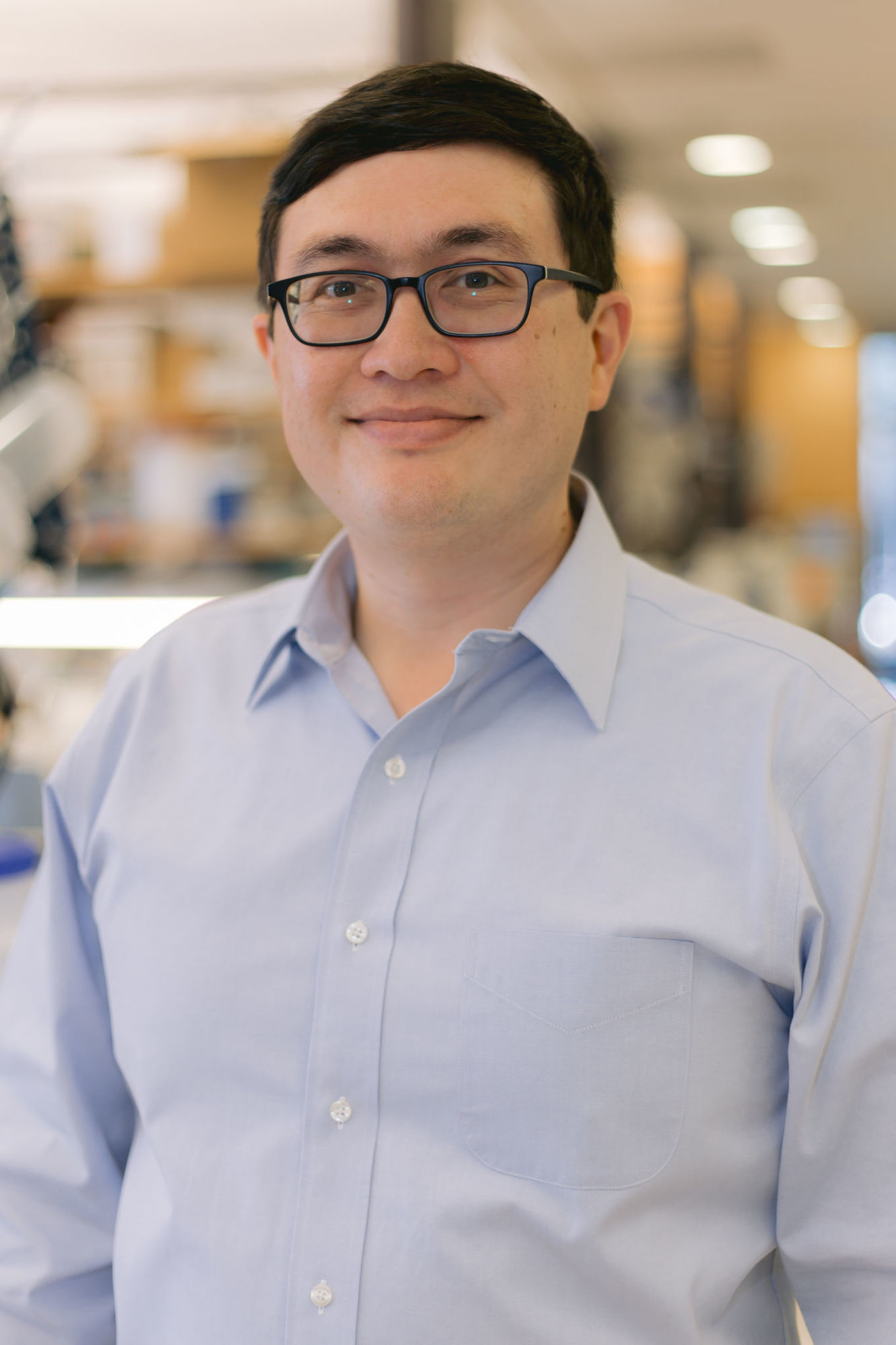
Oncology, Immunology, Inflammation
Targeting the CoQ10 Headgroup Synthesis Pathway in Pancreatic Cancer
2023 Harrington Scholar-Innovator
Coenzyme Q10 (CoQ10) has a bit of a Jekyll-and-Hyde personality. It is found in every cell in the body and is essential for mitochondrial electron transport chain activity, the source of energy at the cellular level. However, increased CoQ10 synthesis enables uncontrolled cellular proliferation in malignancies.
CoQ10 consists of a lipophilic tail and a quinone headgroup. The biosynthesis pathways for the tail are known, but those in the headgroup are largely undefined. By delineating and targeting the headgroup synthesis pathway, Dr. Pacold and his colleagues hope to improve the understanding and treatment of cancer and other diseases driven by uncontrolled cellular proliferation.
Dr. Pacold found that 4-hydroxyphenylpyruvate dioxygenase-like (HPDL), an orphan dioxygenase, is responsible for the reaction that represents the first committed step in the mitochondrial CoQ10 headgroup synthesis pathway. He and his team are investigating the target engagement of lead compounds with the goal of developing HPDL inhibitors, and also examining how HPDL inhibitors attenuate cellular proliferation.
“Our work with Harrington is to take this first step of the headgroup synthesis pathway and basically throw a wrench into the works,” Dr. Pacold said.
The team chose to apply their findings to pancreatic cancer because it appears that pancreatic cancer cells, which live in an extremely low oxygen environment, cannot lose as much CoQ10 as normal cells.
“With other cells you can cut the amount of CoQ10 production and they do just fine. But if you reduce the CoQ10 in the pancreatic cancer cells they don’t like it. Why that is we don’t yet know,” he said.